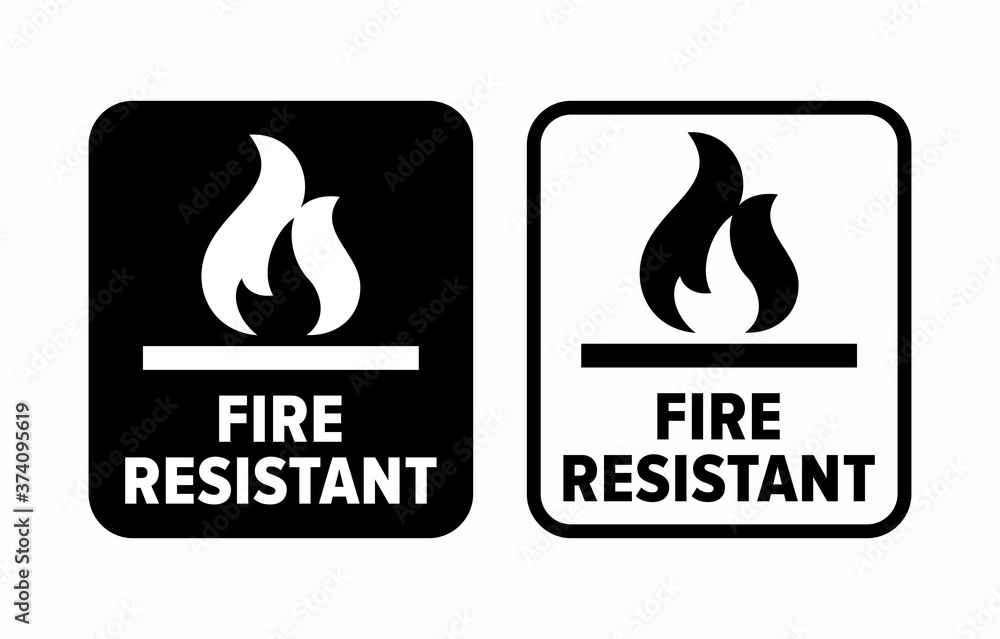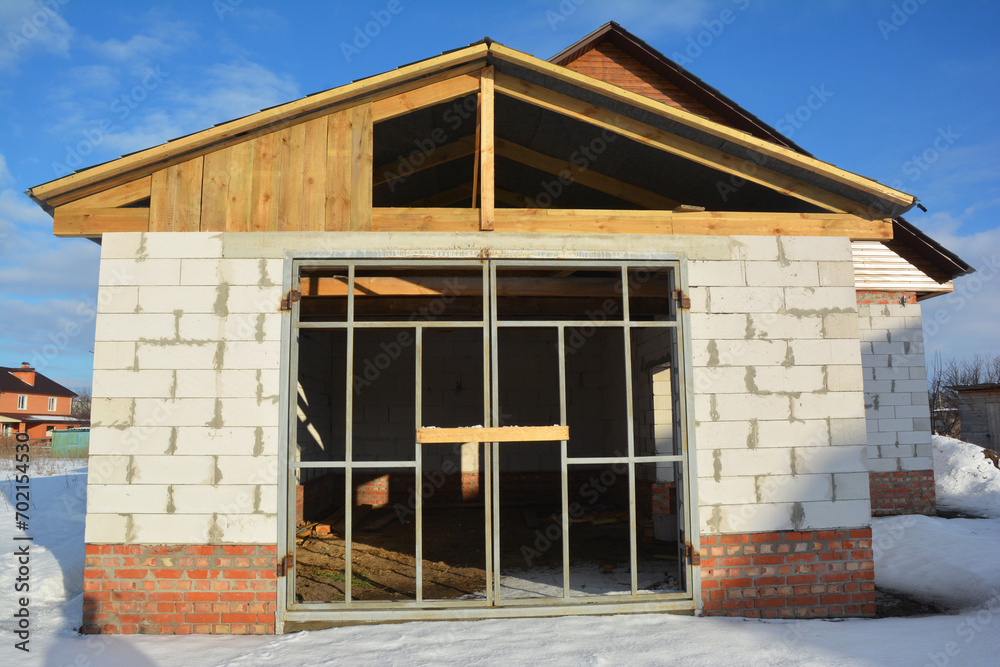Table of Contents
Introduction to Fire Safety in Construction
In the world of construction, fire safety is non-negotiable. Fire safety in construction, in particular, holds paramount importance, considering the potential risks and devastating consequences associated with fire incidents in buildings. In light of this, the choice of building materials becomes crucial, as they play a significant role in determining a structure’s ability to withstand fire safety hazards. Among the array of options available, Autoclaved Aerated Concrete (AAC) blocks have emerged as a preferred choice, owing to their exceptional fire safety resistance properties and numerous other advantages.

In this article, we will explore why AAC blocks have become the go-to solution for ensuring fire safety in construction projects, specifically focusing on NXTBLOC, a leading manufacturer in the field.
Understanding AAC Blocks
AAC blocks are lightweight, precast concrete blocks manufactured through a process that involves aerating concrete and curing it under pressure with steam. These blocks are primarily composed of sand, cement, lime, and aluminium powder. During the manufacturing process, the aluminium powder reacts with lime to produce hydrogen gas, forming numerous tiny air bubbles throughout the mixture. This aerated concrete is then poured into moulds and cured in an autoclave, which subjects it to high pressure and temperature, further enhancing its strength and durability.
Fire Resistance of AAC Blocks
One of the key advantages of AAC blocks is their exceptional fire safety resistance. These blocks have a high melting point and low thermal conductivity, which means they can withstand high temperatures without losing their structural integrity. Additionally, the presence of air voids within AAC blocks provides excellent thermal insulation, helping to slow down the spread of fire. As a result, structures built using AAC blocks are better equipped to withstand incidents to fire safety in construction and minimize damage.
Comparison with Traditional Building Materials
When compared to traditional building materials such as clay bricks and concrete blocks, AAC blocks offer superior fire safety resistance properties. Clay bricks, while commonly used in construction, are not as effective at withstanding fire due to their composition and density. Concrete blocks, on the other hand, may crack and spall when exposed to high temperatures, compromising the structural integrity of the building. In contrast, AAC blocks remain stable and intact even in the event of a fire, making them a safer choice for fire safety in construction projects.
Regulatory Compliance
Building codes and regulations mandate specific requirements for fire safety in construction, and AAC blocks meet or exceed these standards. Various tests and certifications ensure AAC blocks comply with fire safety regulations, providing peace of mind to builders, architects, and building owners. By choosing AAC blocks, construction projects can adhere to regulatory requirements and ensure the fire safety of occupants in the event of a fire.
Sustainability Aspect
In addition to their fire safety in construction projects, AAC blocks offer several environmental benefits that make them a sustainable choice for construction projects. The manufacturing process for AAC blocks consumes less energy compared to traditional building materials, resulting in lower carbon emissions. Furthermore, AAC blocks are made from natural materials such as sand, cement, and lime, reducing the reliance on non-renewable resources. By opting for AAC blocks, builders can contribute to sustainable construction practices and minimize the environmental impact of their projects.

Cost Considerations
While the initial cost of AAC blocks may be slightly higher than traditional building materials, their long-term benefits outweigh the upfront investment. The superior fire safety resistance and durability of AAC blocks result in lower maintenance costs over the lifespan of a building. Additionally, the energy-efficient properties of AAC blocks can lead to savings on heating and cooling expenses, further offsetting the initial cost difference. Therefore, choosing AAC blocks can be a cost-effective decision in the long run, offering both fire safety in construction and financial benefits to construction projects.
Installation and Maintenance
AAC blocks are lightweight and easy to handle, making them quick and efficient to install. Their uniform size and shape allow for precise construction, reducing labour time and costs. Additionally, AAC blocks require minimal maintenance once installed, as they are resistant to mould, pests, and moisture damage. Routine inspections and minor repairs may be necessary over time, but overall, AAC block structures have lower maintenance requirements compared to buildings constructed with traditional materials.
NXTBLOC: Leading the Way in AAC Block Manufacturing
NXTBLOC is a leading manufacturer of AAC blocks, renowned for its commitment to quality, innovation, and sustainability. With state-of-the-art facilities and advanced manufacturing processes, NXTBLOC produces AAC blocks that meet the highest standards of performance and reliability. By leveraging cutting-edge technology and rigorous quality control measures, NXTBLOC ensures that its AAC blocks deliver unmatched fire safety resistance properties, making them an ideal choice for fire safety in construction projects. With a focus on customer satisfaction and environmental responsibility, NXTBLOC is leading the way in revolutionizing the construction industry with its innovative AAC block solutions.
